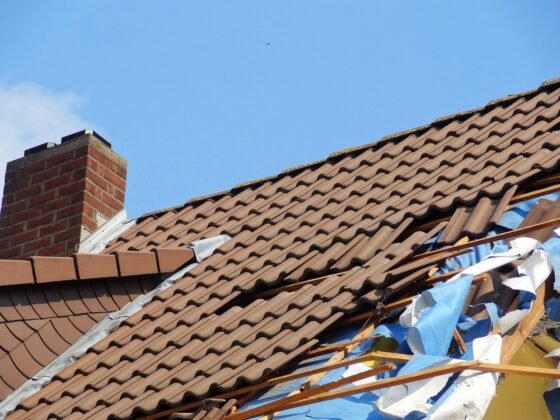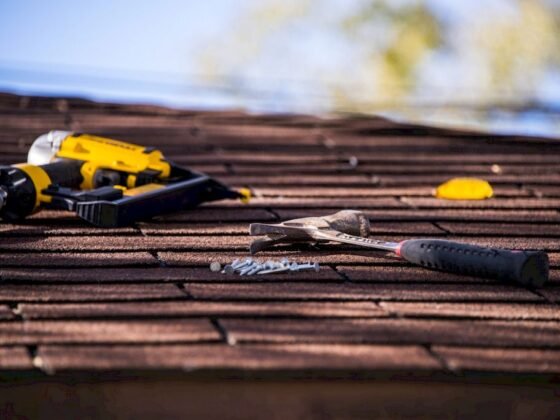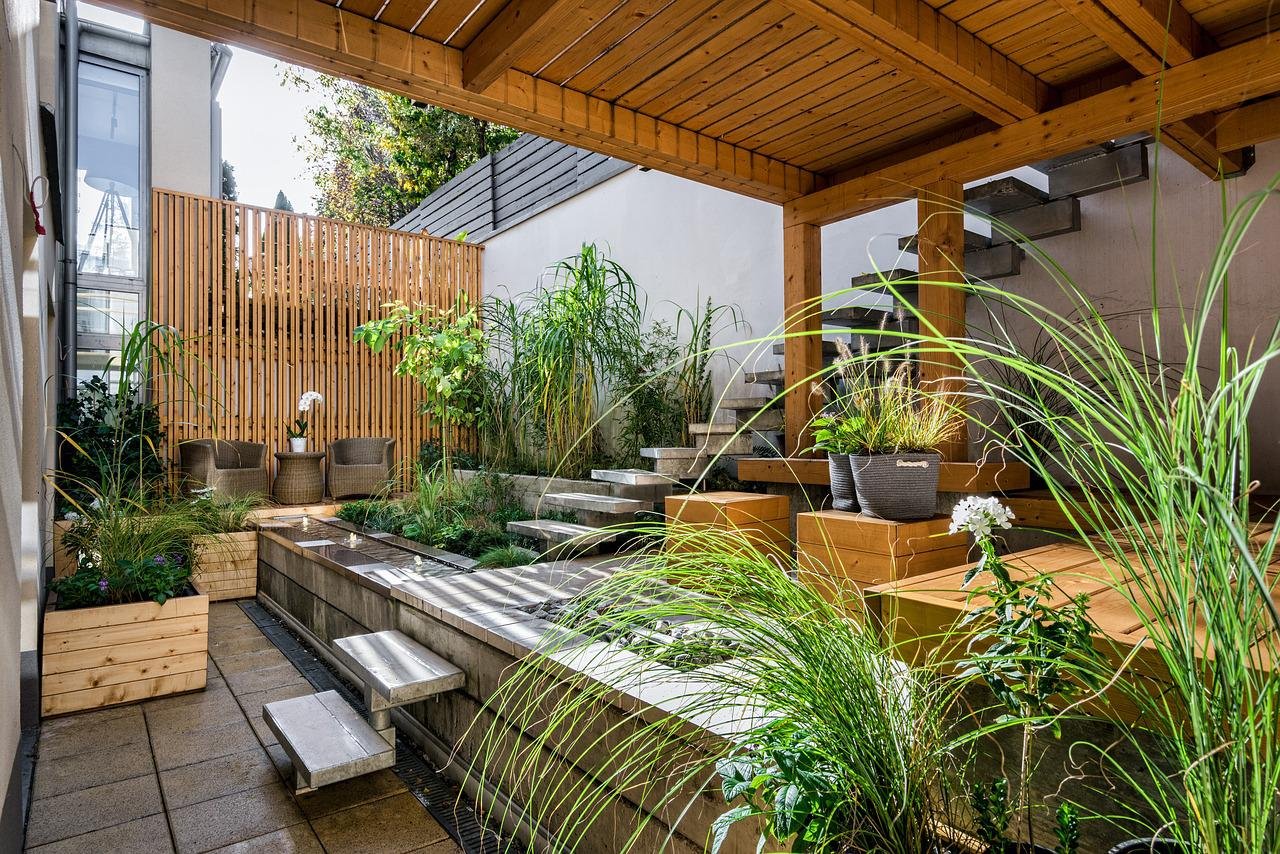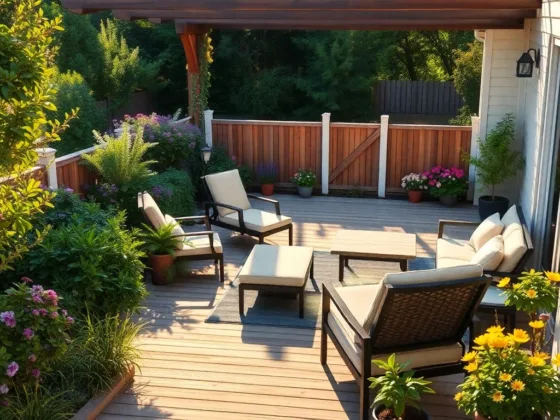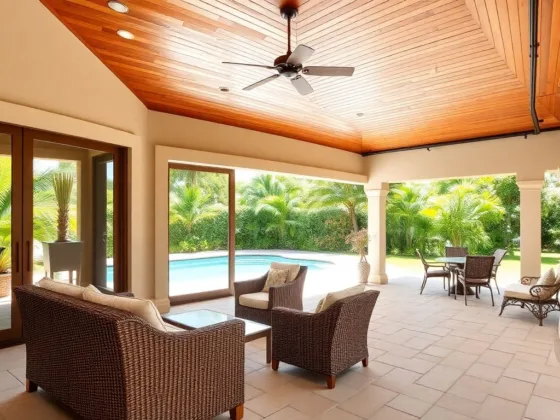Solar power is the electricity created by solar energy that is absorbed by solar cells.
Solar energy is also the heat and radiant energy from the Sun, which is harnessed by a range of evolving technologies including solar heating, photovoltaic, solar thermal power, solar architecture, photochemical power plants, artificial photosynthesis, and molten salt technologies.
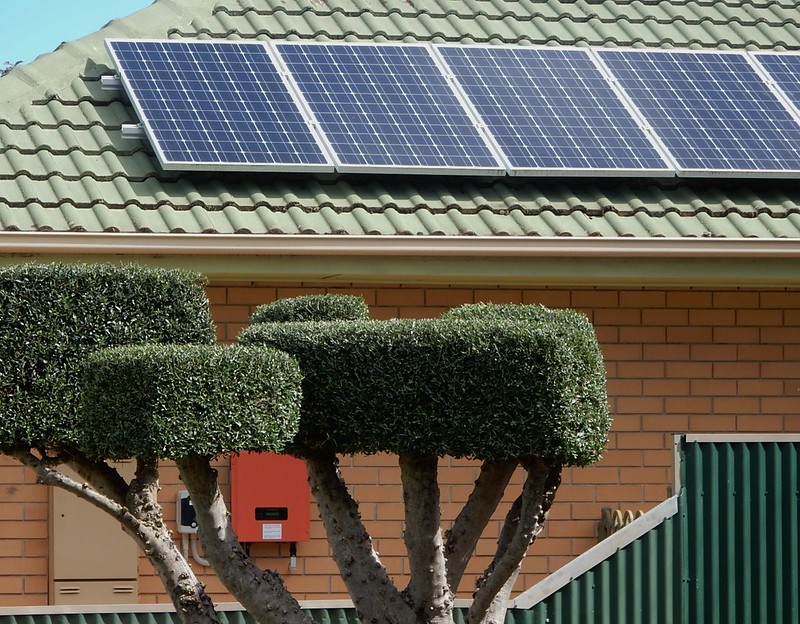
It is an infinite source of clean energy with no adverse environmental impact. The solar power industry is a key market segment and growing at a very fast rate in the developing world.
Many countries have ambitious plans to build massive solar power systems on their roofs in order to meet their energy requirements.
One can install a solar power system anywhere – on the top of your house, in the backyard, or on the ground. One can even set up a solar system on one’s boat, where it might be stationed at the bow area to absorb some rays for conversion into usable energy.
In fact, a grid-tie system has the potential to create sufficient energy for remote communities which are still dependent on off-the-grid energy systems.
The biggest limitation is probably the cost of installation. Even on a small scale, a large solar energy system costs much more than an average electrical system.
Even so, governments and companies providing grid connectivity for the rural areas are offering solar energy grants to encourage people to use solar energy.
Read Also:
Installing a number of solar panels can reduce the cost of the entire setup considerably.
A solution is a bi-directional meter or the direct current generator. These machines have the ability to change the DC input into AC electricity at a ratio that matches the output from the solar panel.
These machines can be set up almost anywhere. A small warehouse may serve as a good place to install the bi-directional meter.
It can even be hidden inside a building and connected to the electrical mains by a few solar batteries.
Another effective solution that can be used anywhere is solar photovoltaic cells. These cells are made of silica, which is highly flexible.
They can be rolled up and stick onto any flat surface. These cells are directly connected to the solar panel, which is encased in a plastic case.
By using glass, fibre optic cables, and silica plates, these cells can be connected to form a huge array. By changing the direction of the current, they can be connected to create a direct current which is again connected to the solar panels.
All solar power systems have to be exposed to the sun at their greatest. And this exposure causes them to become hot.
This heat is very useful in the production of electricity as it can be channelled into the hot water tank of the home.
If the system can also be partially covered with insulating materials, it will be even more useful.
The costs of solar panels are coming down a lot, especially in recent years. They now typically make pretty good investments because they can still be producing power long after they’re paid off.

